PPT-Chapter 8 A Cook’s Book
Author : myesha-ticknor | Published Date : 2018-11-10
Introducing a Cookbook Cookbook Use It is a book that provides suffestions to help a cook decide what to prepare and serve Contains recipes Varieites of Cookbooks
Presentation Embed Code
Download Presentation
Download Presentation The PPT/PDF document "Chapter 8 A Cook’s Book" is the property of its rightful owner. Permission is granted to download and print the materials on this website for personal, non-commercial use only, and to display it on your personal computer provided you do not modify the materials and that you retain all copyright notices contained in the materials. By downloading content from our website, you accept the terms of this agreement.
Chapter 8 A Cook’s Book: Transcript
Download Rules Of Document
"Chapter 8 A Cook’s Book"The content belongs to its owner. You may download and print it for personal use, without modification, and keep all copyright notices. By downloading, you agree to these terms.
Related Documents

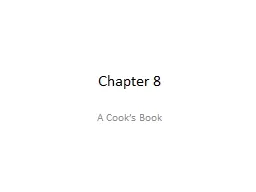
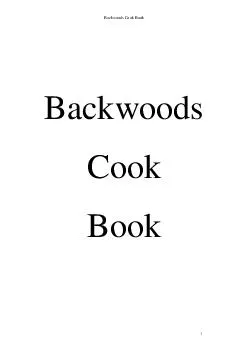
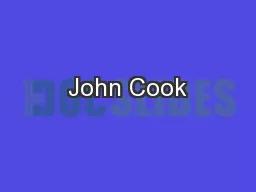
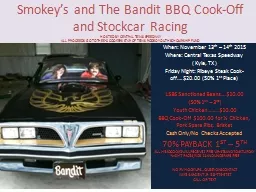
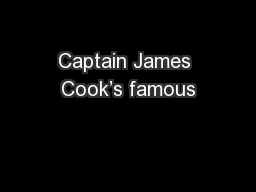
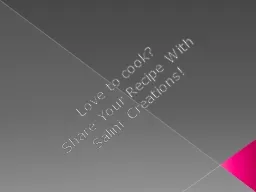
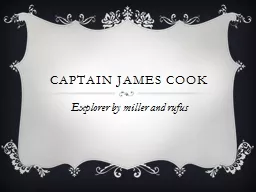
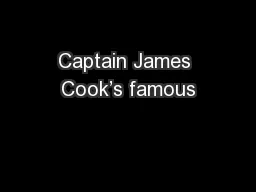
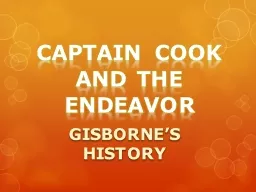

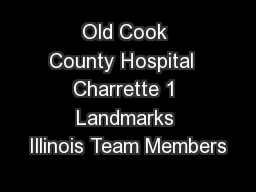
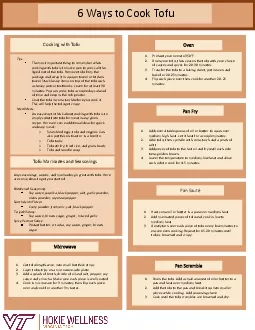
![[EBOOK] - Cook It in Cast Iron: Kitchen-Tested Recipes for the One Pan That Does It All](https://thumbs.docslides.com/889153/ebook-cook-it-in-cast-iron-kitchen-tested-recipes-for-the-one-pan-that-does-it-all-cook-s-country-6153186a9b15e.jpg)
![[DOWNLOAD] - Cook\'s Illustrated Meat Book: The Game-Changing Guide That Teaches You](https://thumbs.docslides.com/890693/download-cook-s-illustrated-meat-book-the-game-changing-guide-that-teaches-you-how-to-cook-meat-and-poultry-with-425-bulletproof-r.jpg)